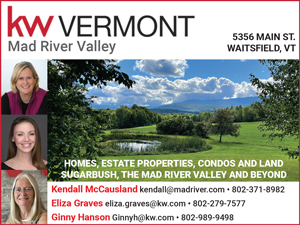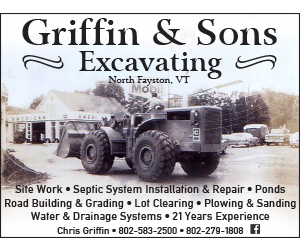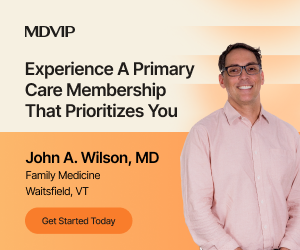Recent data from the Mad River Valley (MRV) Wellbeing Survey shows that while a high percentage of respondents are generally satisfied with their lives, many face challenges with the current costs of living -- citing housing and general affordability as the biggest challenges to living in The Valley.
The survey has been administered by the Mad River Valley Planning District (MRVPD) since 2021. Last spring, 579 or 12% of the local population filled it out -- the majority being full-time respondents.
Most of the survey asks residents to rate various aspects of their well-being on a numerical scale, showing that satisfaction is high among respondents when it comes to recreational activities (75% satisfied) and opportunities to enjoy the outdoors (93% satisfied). Many commented that the beauty of the landscape and the generosity of locals are major advantages to living in the MRV.
Results also show that residents struggle with “material well-being” and have diminished confidence in state and local government -- two categories that saw a significant decline from recent years.
About half of respondents said they have at least some confidence in local government and believe that local public officials “pay attention to what people think,” as the survey puts it.
One respondent, in the latter half of the 111-page report, which includes over 1,000 written comments, said that local governments should “spend less money on visioning and more on doing.” Other respondents said they’d like for local policies to better reflect permanent residents’ interests and for more enforcement of town boards to file meeting minutes and expenditure reports on time.
‘MATERIAL WELL-BEING’
“Material well-being,” in this year’s survey, produced a score falling under the state average, based on the MRVPD’s comparison of this local data with a statewide survey called the Vermont Happiness Study, which is run by the University of Vermont and other organizations.
Half of respondents said the MRV is not an affordable place to live, just over half said they have a moderate to overwhelming amount of stress about their finances, and under half said they are “just getting by” financially.
Regarding work, while 68% of respondents said they are satisfied with their current work lives, under half believe they are paid appropriately for their work and effort. Just 15% agreed that the MRV offers opportunities to advance professionally and many respondents commented on the lack of high-paying jobs in the area.
LACK OF AFFORDABLE HOUSING
The Valley’s lack of long-term, affordable housing was the most frequently mentioned challenge of living in the MRV. Respondents gestured heavily at class inequalities --writing that middle-class families have “no chance” at owning a home in this area, and that working-class residents “are being displaced at a rapid rate.”
Many responses referred to the prevalence of vacant second homes as problematic. Several said they would like to see second homes taxed at a higher rate than homestead properties.
Nine percent of respondents -- over 50 people -- cited concerns about the impacts of short-term rentals, with dozens of comments about the perceived need to impose tighter regulations on the vacation rental market. “Our community needs to have a balance between catering to tourists and supporting local people to thrive,” one respondent wrote.
Other challenges of living in the MRV for respondents include a lack of access to health care services and transportation. Four percent of respondents highlighted a lack of racial, cultural and age diversity as a challenge.
MORE PUBLIC FACILITIES
Respondents said they would like to see more public facilities in The Valley, such as a fitness center and indoor pool -- as local options are privately owned and unaffordable to many, a community center with child care services, a pharmacy, more restaurants and more opportunities for social life. “Winter is lonely if you don’t ski,” someone wrote. They also want local sources for buying essential items. “Where do you buy pajamas in The Valley?!” another respondent wrote.
The MRVPD will continue to share survey results with select boards and other local organizations in the coming months. They will draw on the results when drafting their work plan for next year, according to MRVPD community planner Sam Robinson. As he put it during a September 9 meeting of the Warren Planning Commission, “We’re trying to make sure we’re using this data and not just sending it out into the void.”
The report can be found online with the link or QR code: bit.ly/2024-survey-results














